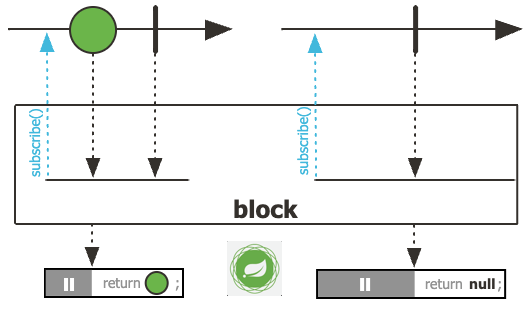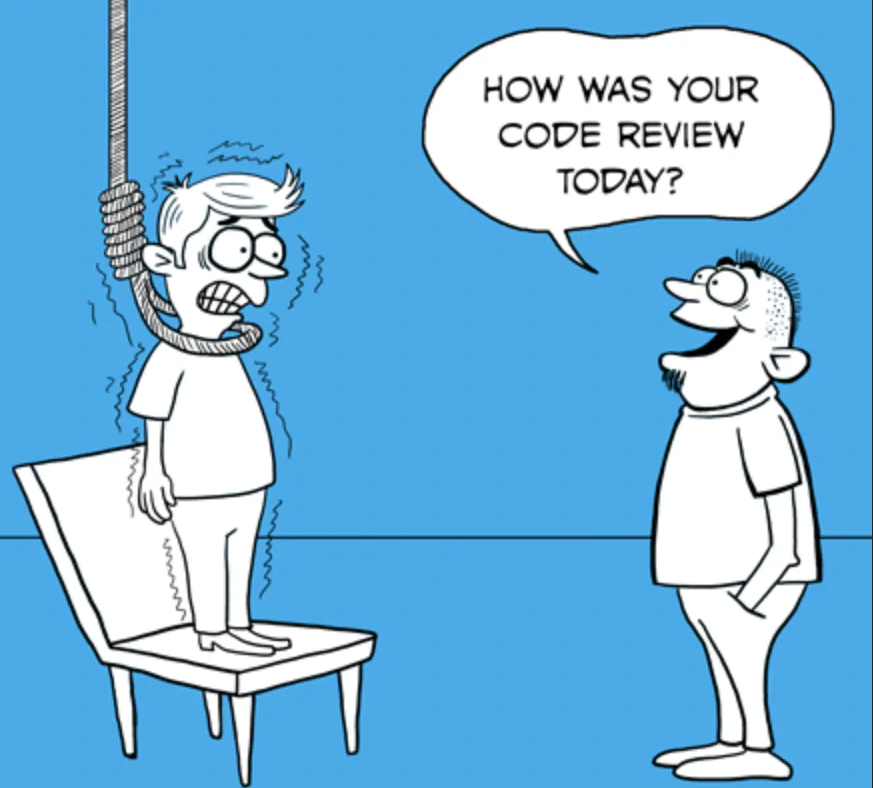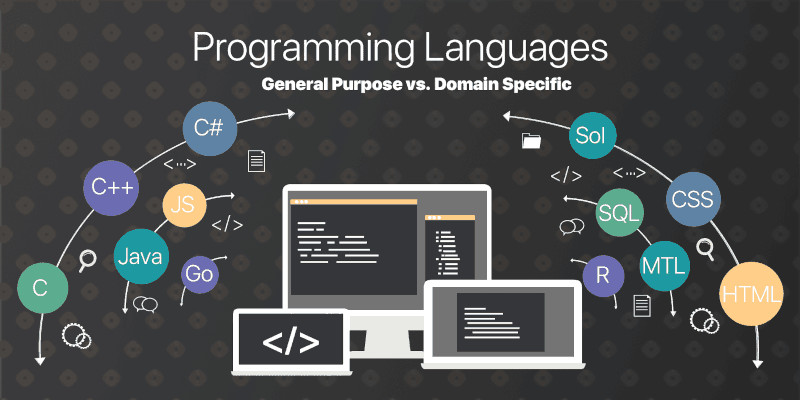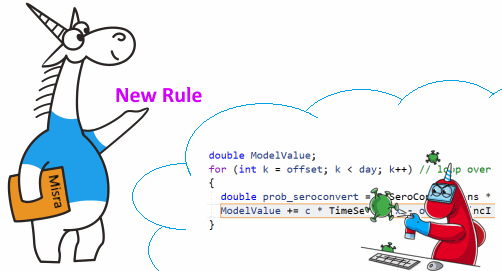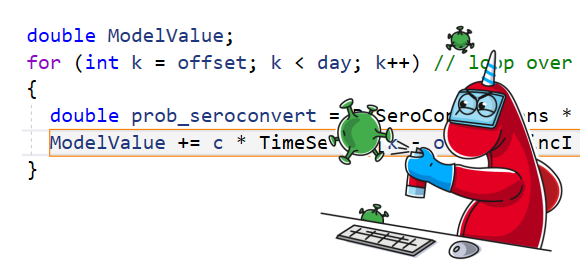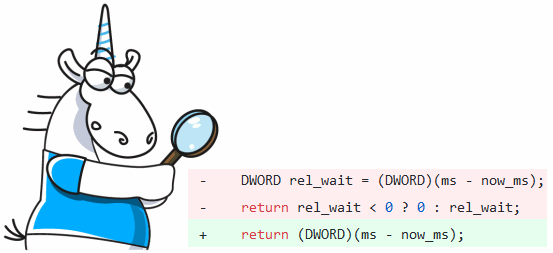When we are told “There is no thread” we can easily come to an opinion that it is impossible at ALL that asynchronous operation could create thread, but it would be wrong opinion. Simple code example proves the opposite.
Those who are easy to treat the sentence as the universal rule are easy to understand. They would like to simplify the subject and to cut amount of theory they should study and remember. Besides to many it is new level of knowledge to discover there is other layer of classes to manage async-operations behavior beside the Tasks and and SynchronizationContext is only one among them.




